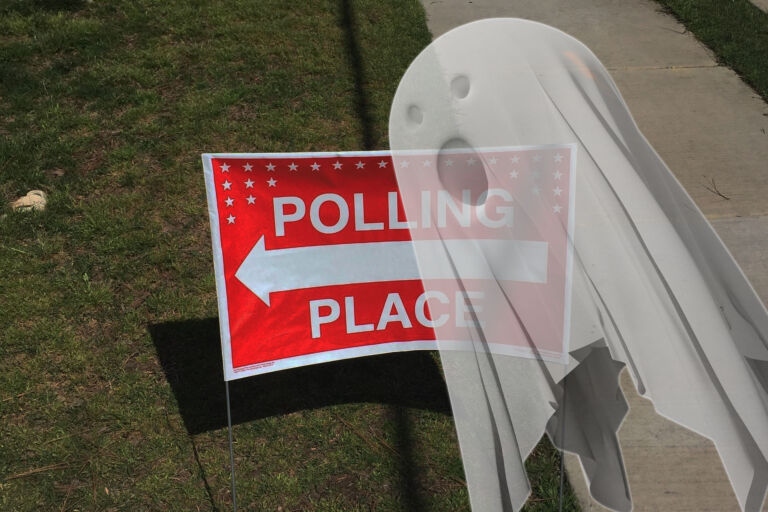Advocates of public transit see an emergency in falling ridership of buses and subways. But the article acknowledges, “Reliability issues have hit low-income riders hardest,” and alternatives are more affordable. Transit is designed to carry large numbers of people in a small space, but it doesn’t always meet people where they are or get them where they need to go in a timely fashion. We should be celebrating that more people can afford a car and gas, can work from home, and can get door-to-door service when needed.
Researchers [at the TransitCenter, an advocacy group] concluded that factors such as lower fuel costs, increased teleworking, higher car ownership and the rise of alternatives such as Uber and Lyft are pulling people off trains and buses at record levels.
Michael Manville, an assistant professor of Urban Planning at the University of California, Los Angeles co-authored a January 2018 study that found many of the losses could be attributed to increased car ownership, particularly among low-income and immigrant populations, who were in a better position to afford cars following the Great Recession.


